
Armed Forces as Disaster Responder
Wed, 19 May 2021 | Reading Time: 5 minutes

Armed Forces as Disaster Responder
The disaster management matrix is based on immediacy, measured in terms of response time and quantum of effort to be applied, dictated by scale of tragedy. In all criticality, first responders have to be organic elements- civil defence, home guards police and even RWAs, as seen in current crisis. Unfortunately, they are neither trained nor applied coherently, leading to sub-optimal initial response and making it difficult for following columns and in some cases even complicating the situation. Organic elements have to be invariably supplemented with National Disaster Relief Force (NDRF), Central Armed Police Forces (CAPFs), Armed Forces and NGOs, depending on the scale of tragedy, location of resources and surviving means of communications, post incidence.
NDRF, raised in 2006, is designated primary responder, equipped with specialized equipment. Drawn from CAPFs, it has 12 odd battalions, geographically dispersed. NDRF is spread too thin and needs to be supplemented with secondary responders. In effect, our response matrix, at best, can handle conventional, localized disasters. The current nationwide, pandemic requires ‘whole of nation’ approach with all hands on board, guided by epidemiologists and public health experts. It is an entirely new and challenging battle in uncharted domain.
After raising of NDRF, there is marked and justified hesitancy, on Army’s part to avoid routine emergencies. Army should be called-in, only as the ultimate responder, when other resources have been applied. However, propensity to call Army, continues unabated, even without utilising other resources, like CAPFs. NDRF has the cutting edge, customised equipment but Forces have to improvise with their standard operational equipment, impacting life cycle. Capability building for disaster relief in Forces, already struggling with inadequate budgets, needs to be funded, especially for role as ultimate res-ponder.
NDRF’s capabilities are skewed, adequate to respond primarily to earth quakes and floods. Despite outbreak of health emergencies like Surat plague, Nipah virus, NDRF has nominal capabilities in public health domain. Our response is driven by colonial era, Epidemic Diseases Act 1897. There is an urgent need to adopt contemporary legal provisions, especially when this Government has taken up much needed, welcome initiative to weed out antiquated laws.
The overarching law, Disaster Management Act 2005 mandates NDMA and NDRF as anchors, however, currently they appear to be in shadows. States except Orissa have not invested adequately, in creating disaster relief structures like SDMA, by choosing to ‘double-hat’ already taxed bureaucracy. This is even when states have multitude of statutory corporations, commissions and other bodies. Both at centre and in states, response is coordinated through committee system and meetings. Some have termed it as bio-war, but ‘operations’ room approach, is certainty not in evidence.
In sharp contrast to this, USA ran their vaccine development programme as Operation Warp Speed with Gen Gustave Prena leading it, under Department of Defence. It is natural that some disturbing questions are being asked – Is our response strategy, based on inputs of proven epidemiologist? Has NCDC been side-lined? Has data manipulation contributed to sense of premature victory and missing the second wave?
As country battles vicious second wave, there is strident outcry for situation to be handed over to Forces. The faith in Army has been abiding. One is reminded of BBC correspondent, Mark Tully’s remarks after Latur earth quake, amounting to, “we can see silhouettes of Army vehicles on the horizon, things should now improve very fast.” The sheer suddenness and ferocity have resulted in marked sense of panic and to restore confidence, application of ultimate responder is being demanded. Many veteran experts have opined that Armed Forces are being sub-optimally utilised.
The real fact is that Forces are being used in various ways, albeit in dispersed and diffused manner. Firstly, Air Force and Navy are anchoring transportation of oxygen containers from overseas and within country. Secondly, Army units have helped to repair non-functional oxygen plants. Thirdly, Army is manning DRDO hospitals. Fourthly, Forces have effected surge to create additional beds to admit civilians to the extent of 10-15%, subject to availability. Fifthly, Field hospitals have been energized to set up ad-hoc hospitals; Patiala, Faridabad, Chandigarh are operational with some more in pipe line. In essence, Armed Forces, despite constraints are making enormous contributions, without much publicity.
DRDO has repurposed oxygen generation capability to set up plants. DRDO hospitals have been set up, on outsourcing basis, to leverage inherent flexibility in procedures. It will be good idea to tap medical facilities of Railways, CAPFs, DPSUs and Ordnance Factories. DRDO deserves to be complimented for accelerated development and timely fielding of anti-Covid drug 2-DG. Notwithstanding, clamour for Army, it is important to take objective view of capabilities and limitations. This apart only synergising surge capability with civil GH TA hospitals was wound up in 2014. It is hoped that the concept of TA hospitals would be revisited with CAPFs, DRDO, DPSUs, OFB and other bodies. It would also be important to periodically carry out joint training, simulation and validation.
Medical facilities are already over stretched and veterans are lamenting denial of facilities. In the midst of crisis, questions are being raised about efficacy of ECHS by bureaucracy. Ironically, present crisis is due to denial of funds and basic staff to ECHS. Ironically, those raising queries are mandated to resolve them. Army has to ensure force preservation and has done it fairly well, along with successful vaccination program.
The biggest leverage, Forces can provide is restoring morale and injecting objectivity. The current wave of panic is exacerbated by shortages created by cornering of scarce resources and profiteering by unscrupulous elements, having linkages with local politicians. Army has Departmental TA and logistics units, specializing in transportation and distribution. This expertise certainly can be harnessed for management of oxygen supply. Departmental TA units can be retrained in public health domains. NCC, NSS, NYKS and other youth organizations can be trained to be informed interface with RWAs, Panchayat and civic bodies to enhance social capital and compliance of Covid compliant and appropriate behaviour.
It will be good idea to tap niche capabilities of Armed Forces. On application, they need interfacing and local liaison. In addition, spare and surge capability can be utilised to boost civilian medical infrastructure. While doing so, primary focus should be on serving soldiers, of course abiding obligations to veterans have to be met. It is axiomatic that communication and feedback are improved on priority. Domain competence needs to be included in planning by including them in empowered committees and task forces.
Armed Forces have the resilience and capability, to provide organizational framework for operational orientation. On balance, it is time to replicate war room approach. Like the famous saying, “no crisis should go too waste”, we need to learn lessons and restructure our response strategy, to deal with pandemics.
Author
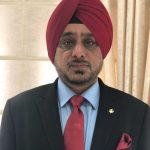
Lt Gen KJ Singh, PVSM, AVSM & Bar is a former Western Army Commander and is currently, Haryana State Information Commissioner, after his tenure as Advisor to CM. He holds the Maharaja Ranjit Singh Chair in PU and is Member- UT Advisory Council. He is a regular columnist.
Disclaimer
The opinions expressed in this article are the author’s own and do not reflect the views of Chanakya Forum. All information provided in this article including timeliness, completeness, accuracy, suitability or validity of information referenced therein, is the sole responsibility of the author. www.chanakyaforum.com does not assume any responsibility for the same.
Chanakya Forum is now on . Click here to join our channel (@ChanakyaForum) and stay updated with the latest headlines and articles.
Important
We work round the clock to bring you the finest articles and updates from around the world. There is a team that works tirelessly to ensure that you have a seamless reading experience. But all this costs money. Please support us so that we keep doing what we do best. Happy Reading
Support Us




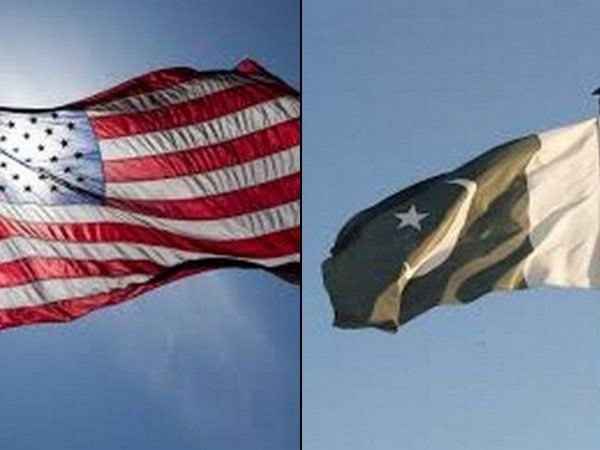
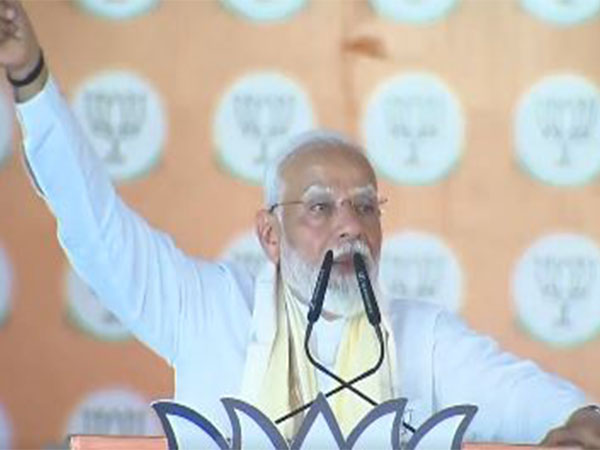
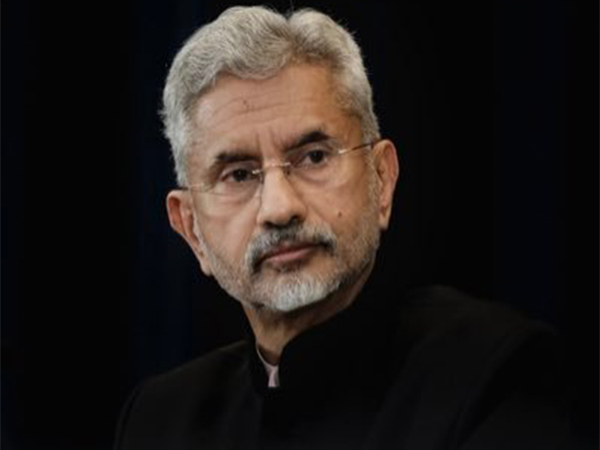
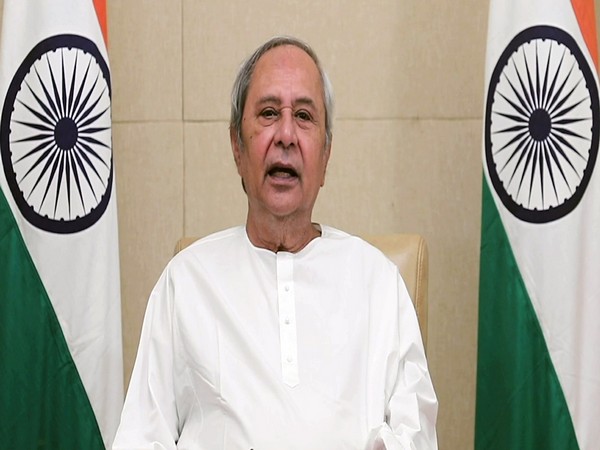


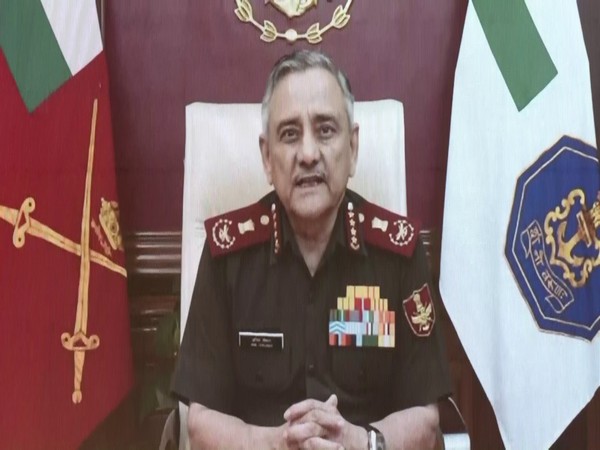
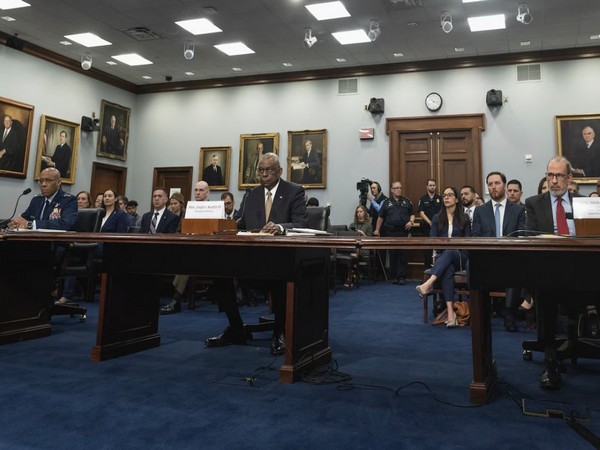
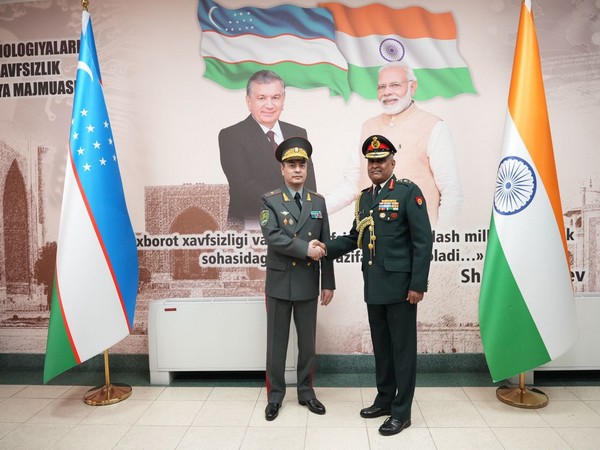







POST COMMENTS (1)
Yogesh